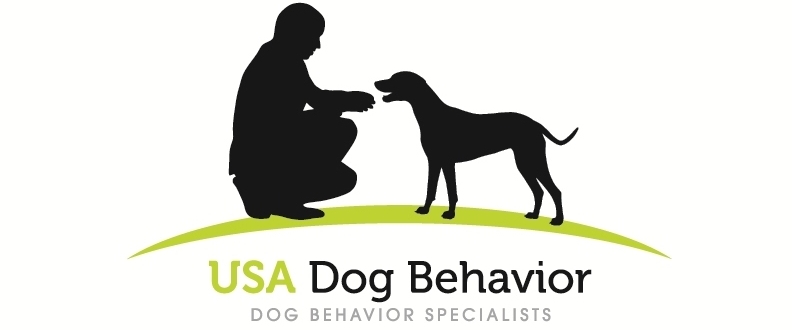When is it Time to Euthanize your Human Aggressive Dog?
©Scott Sheaffer, CDBC, CBCC-KA, CPDT-KA, USA Dog Behavior, LLC
“Size absolutely matters.”
I’ve seen hundreds of dogs that are aggressive to humans. I feel the owner’s confusion, frustration, disappointment and anxiety as soon as I meet them.
Unfortunately, some owners bring me their human aggressive dogs when it is realistically too late to modify the dog’s behavior in any significant way. This is not unlike seeking help from an oncologist after cancer has progressed to an advanced stage four level. Most of the treatment options are going to be too little and too late at this point.
When is it too late to help a human aggressive dog? While there is absolutely no definitive answer to this, there are guidelines that other behaviorists and I use to help focus in on a potential answer.
What is the size of the dog? Clearly, dogs that are larger can inflict more serious injuries. Breed is not as important as size because all breeds are capable of acting aggressively toward humans. And something that might surprise you, most of the larger popular breeds from Labrador Retrievers to pit bulls have a bite strength that is similar. In short, your adorable Chocolate Lab can inflict just about as much damage to a human as a pit bull.
Size absolutely matters. A large dog that is aggressive to people is more problematic.How is the dog showing aggression to people? It’s one thing for a dog to snarl and growl at someone; it’s much more concerning if the dog is actually biting. The degree of biting is also a big consideration. To learn more about the ways that dogs can bite see, 6 Types of Dog Bites - Updated for 2020.
It is a negative indicator if dogs are biting humans in any way.How frequently and how long has the dog been showing aggression to people? For a number of reasons, dogs start with occasionally showing aggression to people and increase the amplitude and frequency exponentially over time.
If the dog is expressing aggression frequently and has done so for an extended period, the chance of a successful outcome with behavior modification decreases.Did the dog start to show human aggression between 6 and 24 months of age? Because of sexual and social maturity, dogs normally start to show aggression to people between 6 - 24 months of age. Why? The dog gets big enough to be able to scare people with aggressive behaviors while simultaneously perfecting their skills in how to do this during this period in their development. When aggression first shows up in this age range, it’s a reliable indicator the dog has had fear issues starting in puppyhood that are now being expressed with aggression. The sooner this behavior is addressed with behavior modification by a qualified behaviorist, the better the prognosis.
Waiting until the aggressive behavior is deeply integrated into the dog’s behavior repertoire as they age negatively impacts the prognosis.What type of aggression is it? Aggression in canines is always contextual. In other words, the dog will act aggressively with certain triggers but when these triggers are absent, the dog can be virtually free of any agonistic behaviors. While all types of human directed aggression from dogs are dangerous, I’ve found that territorial fear aggression and idiopathic aggression are two that can carry a higher risk for the owner. For more information see, Did you know there are 7 major types of dog aggression?
The type(s) of aggression a dog is presenting with can have a significant impact on the level of risk associated with injury and legal liability.Can the owners manage the dog? A dog that is potentially dangerous to humans needs to be kept away from humans and not put in a situation where they may cause harm. Not every dog owner’s household lends itself to this. Forgetting to close a door, leaving a crate open and accidentally letting the dog out of the front door are examples.
If a human aggressive dog can’t be managed properly and consistently, the risk is greater.Are the owners willing to spend the time and resources necessary to implement a behavior modification treatment plan? I tell all of my clients with these kinds of dogs that behavior modification frequently can decrease their dog’s human aggressive behaviors, but the process is not fast, fun and exciting like the silly made-for-TV dog training shows (e.g., Cesar Millan) and plethora of dog training videos on YouTube would have you think.
For behavior modification to have any degree of success, owners need to have the resources and long-term commitment to the treatment plan. Additionally, they need to get help from someone who is a certified professional in the area of canine aggression.
No one can tell a dog owner when it’s time to euthanize their dog for behavior issues such as human aggression. This is always a subjective call but the above guidelines can help in the decision-making process.


